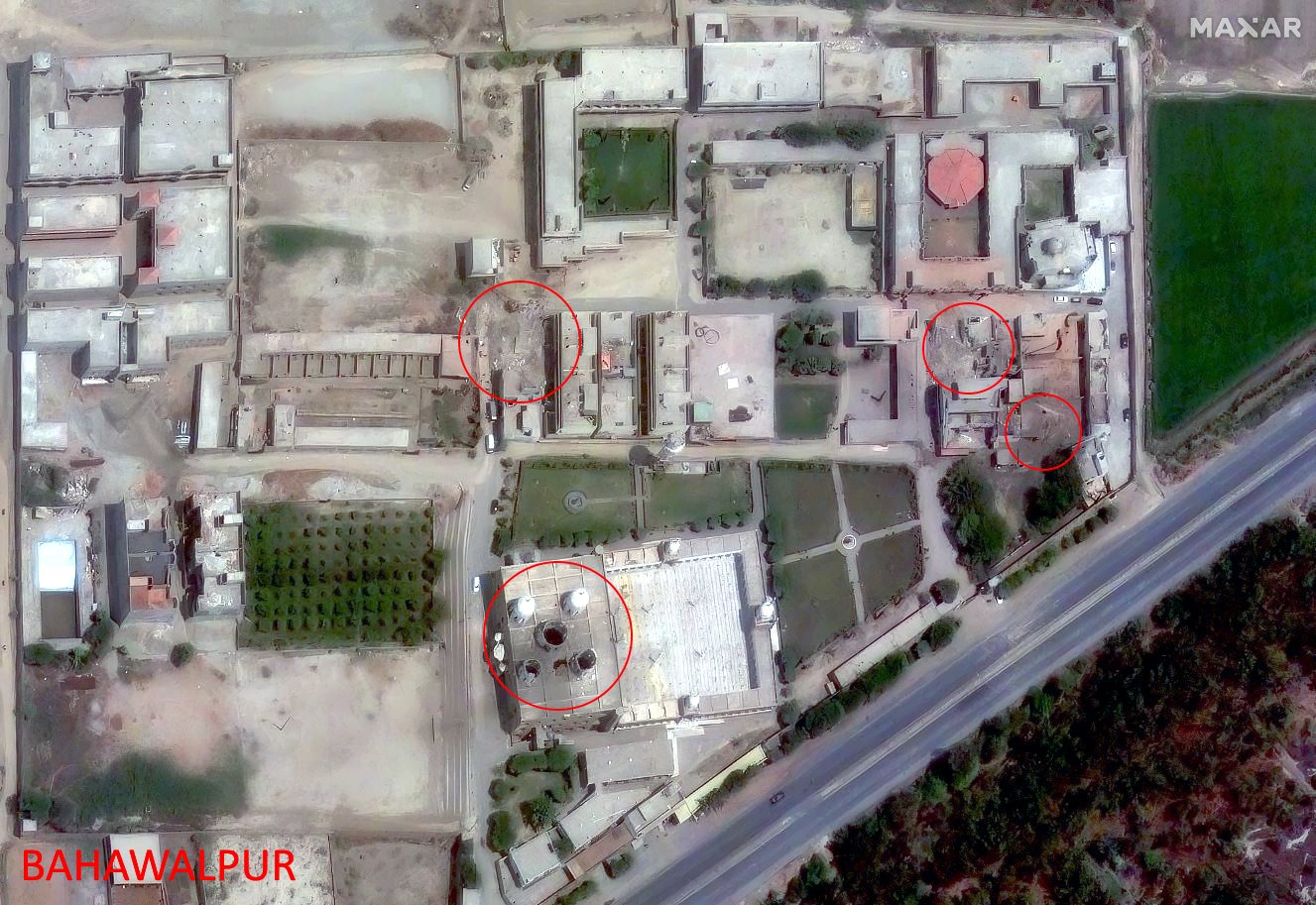Dear Reader In unsettled and unsettling times, both institutions and politics are not what they used to be. Take the Election Commission, the institution vested with a constitutional mandate to hold free and fair elections. Lately, the EC has been drawing attention - and controversy - to itself. On Tuesday, it wrote a letter to political parties proposing that they spell out ways and means of raising resources to finance their poll promises and the impact of those promises on the fiscal sustainability of the state or central government. As the week ended, it froze the Shiv Sena's "bow and arrow" symbol, in view of the claims of competing Sena factions ahead of a crucial by-poll. With that first step - the letter to parties on "freebies" - the impartial poll monitor almost seems to be taking a political plunge. As we wrote in our editorial, "If the EC arrogates to itself the power to sit in judgement on the feasibility of the promises parties make to voters, it would be guilty of stepping into a pact that it is not a part of. It would be doing so, moreover, by taking a cue from the party in power". The second step - of freezing the poll symbol because of the dispute of the Senas - has again invited charges of politics and prejudice. It is not as if questions were never raised about the EC's decisions in the past. And yet, at the same time, amid an intensely competitive and fractious politics, the EC had carved out a unique space for itself that was widely seen to be above the fray. Its crucial degrees of separation from the politics of the day helped the EC become, as many surveys told us, the institution trusted most by the people and the monitor all players deferred to - there is the famous story of how the loser of an assembly election by one vote also did not question the poll monitor in Rajasthan. Now, in increasingly polarised times, when there is growing pressure on all institutions to pick a side, the EC's alleged tilt mirrors a larger institutional predicament. How the EC conducts itself is being watched, because it will have implications for the rules of the game. To get a sense of how not just institutions but also politics is being rearranged, and to map the shift in the centre of political gravity, you could watch Arvind Kejriwal. The figure of Kejriwal in Gujarat last week was a telling one. After street-side posters came up in Ahmedabad, Rajkot, Surat and Vadodara with images of Kejriwal wearing a skull cap and messages attributing "anti-Hindu" remarks to him, Kejriwal announced in a Vadodara speech that he was born on "Krishna Janmashtami". God had sent him, he said, to "deliver the people" from the "children of (demon) Kans". AAP has promised free visits to the Ram temple in Ayodhya for the people of Gujarat, if it wins the state. The AAP's manoeuvre against the BJP is an interesting one - by wearing its Hindu religiosity on its sleeve, and by its performative patriotism, it is trying to move into the space that the BJP has seized. In their best version, the AAP's moves could lead to a political pitch that does not cede the important areas of religion and nationalism to the BJP, while leaching them of the majoritarianism and anti-minorityism that stains Hindutva on the ground. On the other hand, it could simply be another attempt at me-too politics that ends up congealing and hardening political Hindutva instead of re-orienting or moderating it. Whichever it turns out to be - an alternative politics, or a reinforcement of the dominant strain leading to a narrowing of political alternatives - the AAP mirrors the larger churn. The one-party dominant system headed by the Congress is now led by the BJP, with a crucial difference - while the Congress saw itself as an umbrella party, the BJP, in self-image and projection both, draws hard dividing lines. In another time of restlessness, politically and institutionally, after the fading of the post-Independence optimism in the 1970s, Amitabh Bachchan's Angry Young Man on screen had seemed to speak lines that struck sparks off his audiences in the dark. As Bachchan turns 80 next week, the Angry Young Man is long dead, his shoes haven't been filled. And at the edges of the happy birthday celebrations for Bachchan will lurk an unasked question: Who, or what, is the emblem of the current moment? Or maybe the lack of any shared image, in the mirror and on screen, is not an absence waiting to be filled. It is a statement of a more distrustful and divided national self, less willing to suspend disbelief. Till next week, Vandita | 
No comments:
Post a Comment